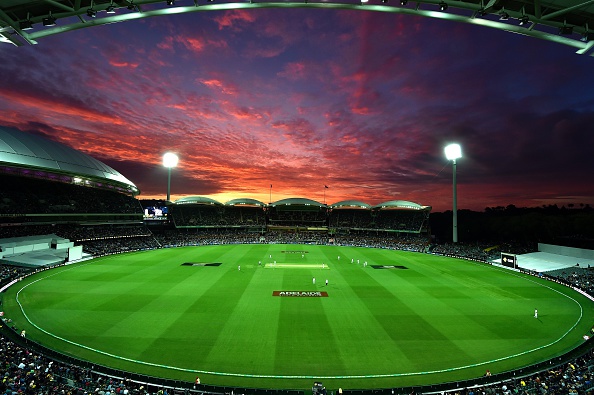

South African cricket officials seemingly stunned their Australian counterparts by revealing they will not contest the scheduled day-night Test match next summer.
The inaugural Adelaide day-night Test against the New Zealanders was a resounding success, both in terms of commercial appeal and game quality.
It was by far the most exciting Test of the three-match series, saw monster crowds attend the contest, and saw even bigger ratings for broadcaster Channel Nine.
Although it broke from tradition, there were very few people coming out and rubbishing the idea once the test match was completed.
Cricket Australia has even gone so far as to schedule two day/night test matches for the 2016/17 summer series.
Despite South Africa’s hesitance to accept the pink ball contest, I firmly believe we will see many more day/night test matches in the future.
Test cricket is still the marquee format of the game, although crowd numbers across the globe have dropped massively over the past few years for a variety of reasons.
For the game to survive, cricketing boards need eyes on the contests, in terms of live attendance and television viewership.
As someone who works five days a week, I simply cannot take time off whenever a Test match is being played, as much as I would love to.
The Boxing Day test match is the game I look forward to most on the fixture list regardless of the opposition due to the fact it falls during the holidays and I can sit, usually with a beer and left over Christmas ham, and enjoy.
By the time the New Year’s test rolls around, most people are back at work and can’t attend the five day contest, or even watch from home.
One-day fixtures stay relevant due to massive television audiences. Channel 9 ratings break downs show the night sessions draw massive numbers, as most people are home from work and watching during and after dinner.
The Big Bash continues to be an absolute juggernaut as it appeals to a younger demographic who would not be available during school and work hours.
It’s also no coincidence that the Perth test match rates extremely well each and every time it is played.
The final session beams live into lounge rooms on the East Coast of Australia in a similar time slot to the second session of a one-day game.
I can fully understand visiting nations being a little wary of the idea, especially having never played under those conditions.
The pink ball is still in its infancy and South Africa would have to adjust their game as a result. Plenty of wickets fell under the lights of Adelaide Oval, and I can’t see that changing in any upcoming fixtures.
There’s also a genuine concern that the Brisbane test match will be affected by the seasonal late-afternoon rain.
There are possible negatives when it comes to the day-night fixtures but if the pink ball holds up, I can’t see the idea going away any time soon.
In fact I think it will be the exact opposite in that we’ll see a gradual shift to day-night tests where possible.
I’d like to see the traditional tests such as Boxing Day and the New Year’s test stay as day fixtures, and I believe the Ashes tests should remain true to tradition, but all other test series are fair game.
Not every day-night test is going to be as exciting as the inaugural game between the Aussies and New Zealanders, but as long as people are working or at school, the early evening time slot is going to appeal to the game and its fans.
Like it or not, we’re going to see plenty more day-night test fixtures in the future.





